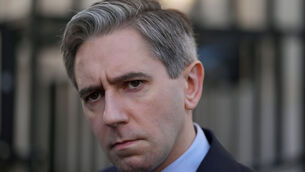The net minders: How would policing the internet work?

If there was any doubt about the Government’s view on the proliferation of hateful and harmful content on the internet, you’d need only to sit quietly for a moment and wait for the echo that has been making its way around the corridors of power to reach you.
It began last November when Taoiseach Leo Varadkar told the Dáil, newly bothered by revelations about the failure of Facebook to remove online nasties, that the social media giants were about to be taken in hand.
















